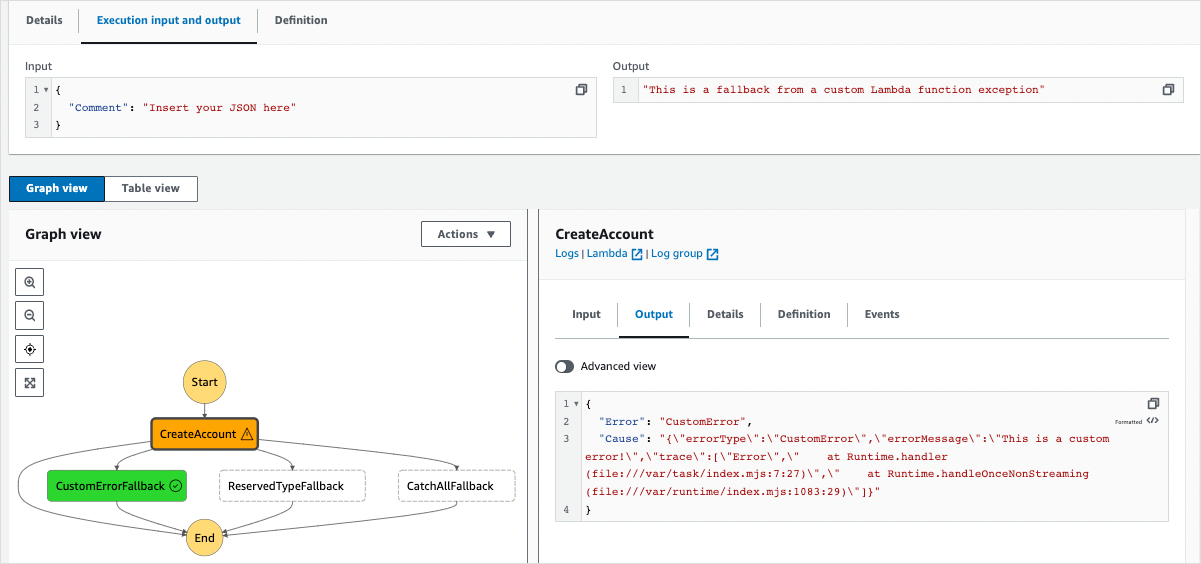The ruby standard library defines about 30 different subclasses of exceptions some of which have their own subclasses.
Ruby catch exception and continue.
Static value exc cause value exc return rb attr get exc id cause.
All the exception classes form a hierarchy with the class exception at the top.
The catch defines a block that is labeled with the given name which may be a symbol or a string.
Ruby uses the kernel method termed as raise to create the exceptions which will be the instance of exception class or one of its subclass.
The other day i was searching for an introduction to ruby exceptions written for beginners people who know basic ruby syntax but aren t really sure what an exception is or why it s useful.
I couldn t find one so i decided to have a go at it myself.
This is useful for wrapping exceptions and retaining the original exception information.
The begin is omitted and the entire body of the method is subject to exception handling ending.
Ruby s standard classes and modules raise exceptions.
A beginner s guide to exceptions in ruby.
This article will discuss the use of exceptions and show some examples of how to deal with them.
By starr horne author.
Throw keyword generates an exception and whenever it is met the program control goes to the catch statement.
To do exception handling we enclose the code that could raise an exception in a begin end block and use one or more rescue clauses to tell ruby the types of exceptions we want to handle.
It is to be noted that the body of a method definition is an implicit begin end block.
I hope you find it useful.
The exception mechanism in ruby is very powerful but often misused.
The block is executed normally until a throw is encountered.
Rescue clause is used to handle the exceptions created by raise.
Catch lable name do matching catch will be executed when the throw block encounter throw lable name.
When ruby encounters a throw it zips back up the call stack looking for a catch block with a matching symbol.
When it finds it ruby unwinds the stack to that point and terminates the block.
Catch defines a block that is labeled with the given name which may be a symbol or a string.
The block is executed normally until a throw is encountered.

